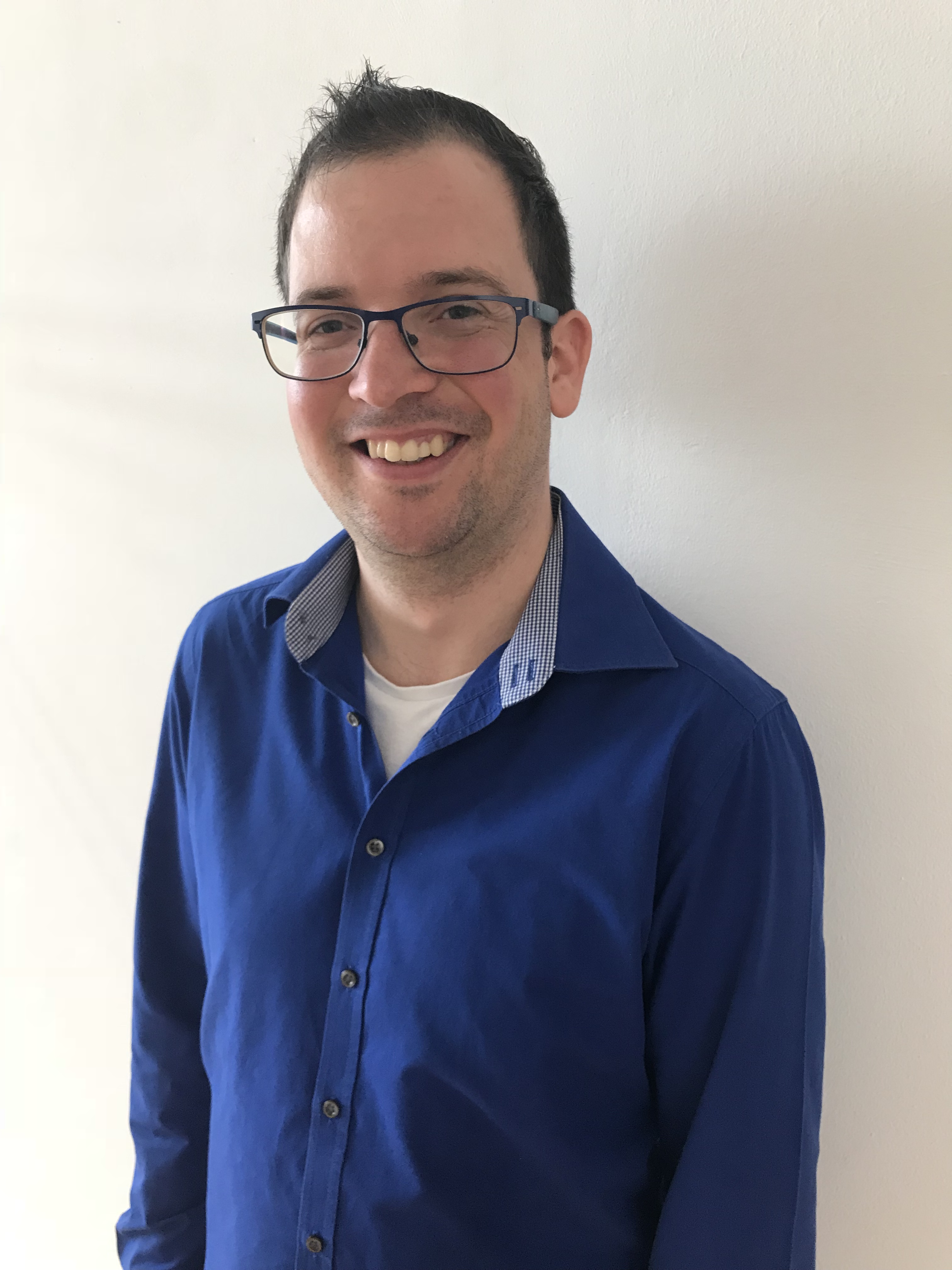Remco van der Jagt
My first working aqueous battery was already unusable after one cycle, the active material simply disappeared. But 9 months ago I developed a battery that is able to charge and discharge. That felt great!

Remco van der Jagt is a PhD-student at the department of Electrochemical Energy Storage at the RID. He is doing research on the sodium aqueous battery, a type of battery that can be used for large-scale energy storage, for example for windfarms (partly due to its very low cost, intrinsic safety and environmental friendliness). This durable battery, which is made of organic materials, has the ability to level out the power fluctuations in the output of windmills for providing a stable electricity supply to the grid. Remco: "A single battery can’t do this work alone, think of a huge amount of battery-units that are linked together and having the volume of a shipping container. Such a battery-unit can also be used as electricity storage for households, because it’s safe and non-toxic."
Charge and discharge
Remco started with this research when he was a master student. Developing a sustainable solution using chemistry and physics drew his attention. At that time, there was little knowledge available about this type of battery. Remco: "It was a huge challenge to step into this underdeveloped niche and to make a functioning battery. My first functioning water battery was already unusable after one cycle, the active material simply disappeared. But 9 months ago I developed a battery that can charge and discharge. That felt great!"
RID equipment
Remco uses for his research specially designed test cells which can be linked to a battery tester that charges and discharges them. In the RID he uses Powder X-Ray Diffraction, infrared spectroscopy and Scanning Electronic Microscope to analyse and identify electrode materials. A year ago, the RID purchased a solid-state Nuclear Magnetic Resonance (NMR) unit. With this measuring equipment you can see the atomic environments of materials. Remco: "For example, I will be able to see how the structure of the material changed after testing it in the battery. So the NMR is going to help me with getting my research to a higher level. I'm already looking forward to it!"